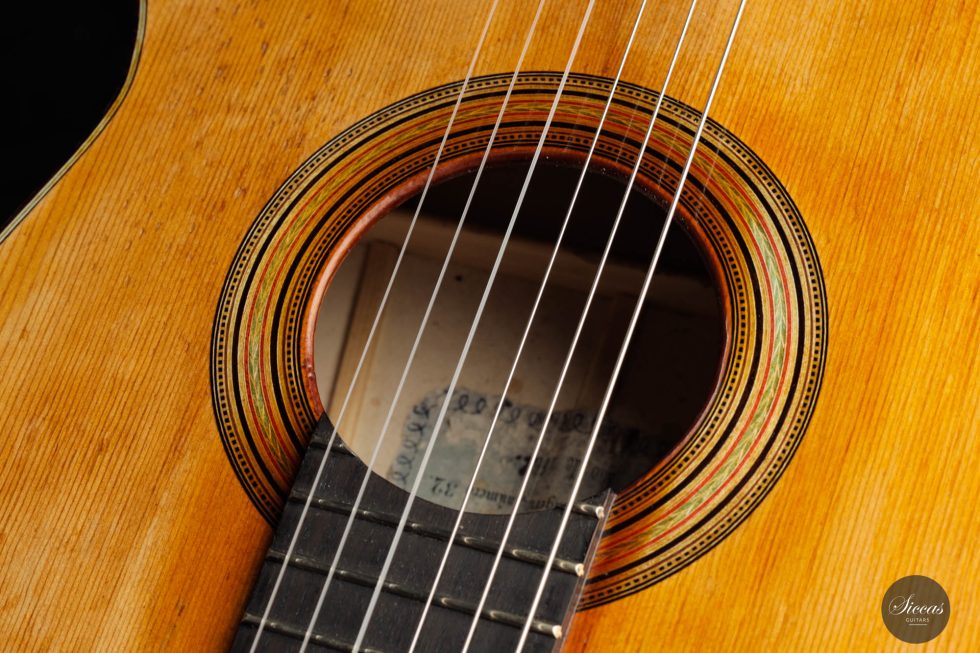
FROM A LUTHIER‘S NOTES: SOME THOUGHTS ON SOUNDHOLES
FROM A LUTHIER‘S NOTES: SOME THOUGHTS ON SOUNDHOLES by Sebastian Stenzel
The soundhole is one of the most misunderstood parts of guitars, lutes and ouds. Many people think the sound which reaches our ears is coming out of this hole, as if it was the “mouth” of the instrument, a (mis-)conception that is reflected in the Spanish name for it: la boca. The human voice, in fact, is a kind of wind instrument, and the modulated air stream wave coming out of the mouth is carrying indeed most of the sound energy. With plucked instruments, however, the situation is very different. The sound we hear is mostly radiated off the soundboard, which in turn was set in motion by the strings. The soundhole, alas, has almost no part in radiating sound energy. Then why is it there?
The main function of the soundhole is to reduce damping that would occur if the air inside the instrument body was closed in. Think of the difference in the sound of closing a car door when the other door is open, compared to when it is closed. This is the effect of air damping. Without a soundhole, a lot of energy would be used to compress and decompress the air volume inside the instrument, energy that would be lost for radiating sound. Without a soundhole, the efficiency of the soundboard as a sound radiator would be diminished.
There are other functions, too (and I don’t mean to show off skills and taste in rosette making and ornamentation). One is that it is one of the factors defining the lowest resonance of the instrument, which is the fundamental Eigenfrequency of the air volume inside the body/the bowl, also called Helmholtz-resonance (HR). This resonance is of great importance for the timbre of all acoustic string instruments, and especially for the bass response. A soundhole increases the frequency of the HR; a larger soundhole more, a smaller one less. However, the effect the size of the soundhole has on the HR is…
Read the article here: https://www.siccasguitars.com/wp-content/uploads/sites/3/2023/08/sound_holes.pdf

















